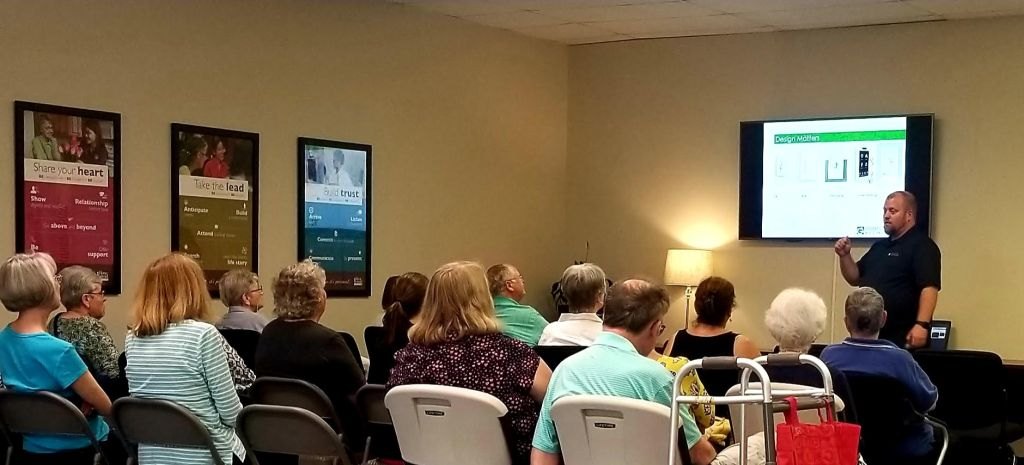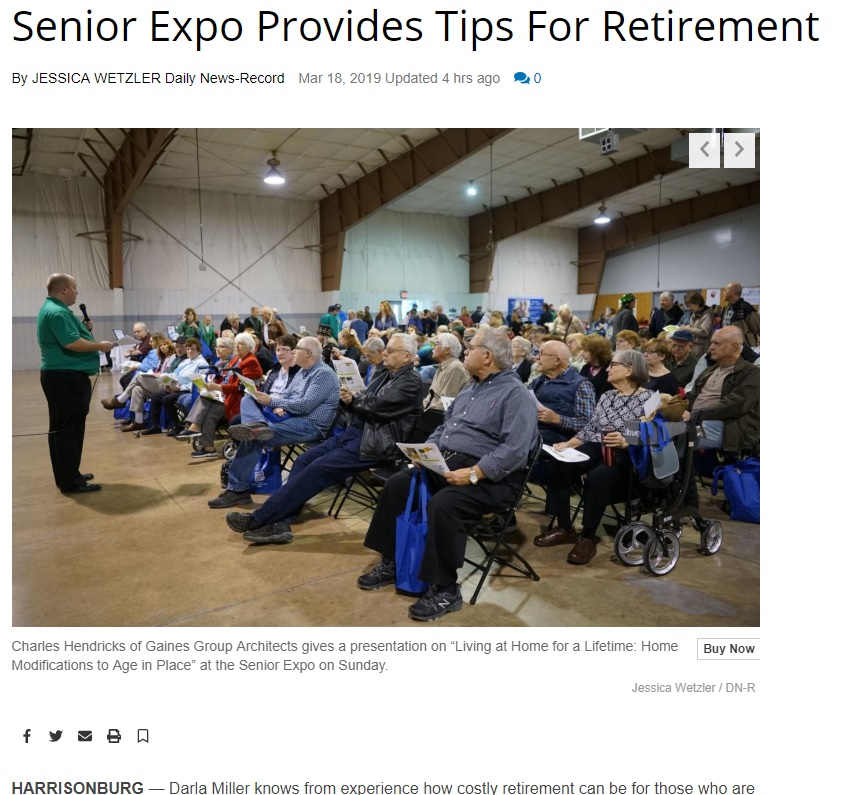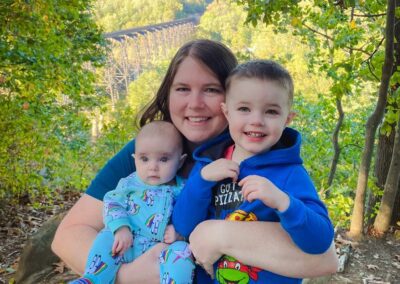Charles has the pleasure of speaking about building science and sustainable design in a variety of venues and to diverse groups of people. His years of experience speaking on these topics has given him an insightful perspective on the future of sustainable design and building. Below, he shares his thoughts on the future and the hope he feels in the progress to be made.

I have been on a “lecture circuit” discussing building science and sustainable design since 2005 when I designed what would become, one of the first LEED Certified homes in the country. Ray Gaines is the architect of record for that project and our entire team was part of the process. As I continue to learn more about sustainability including the economics of climate change, I evolve in the knowledge I am capable to share. However, the building science basics have not changed in all that time. We have seen tremendous progress in what we can achieve in energy efficiency and healthy indoor environments, new products have entered our market to make some things easier, and we have found more and more demand for healthy, energy-efficient, and durable design solutions. The only thing that remains constant is the building science.
One of the key things to understand when talking about sustainable design comes from a phrase I heard many times while attending UVA to study architecture: “We have not learned how to be good, just less bad.” The inherent nature of creating places for us to live, work, play is that we have a negative impact on the environment that existed before we got there. We dig a hole, use chemicals, cut down trees, use valuable resources to create and define a space. Don’t get me wrong, we have come a very long way since I began learning about sustainable design. Our solutions today are tremendously better than what we were doing in 2000 or even in 2005 when we used LEED for Homes to measure our success. We have better products that are softer on the environment. Our buildings are even more energy efficient. We better understand how to minimize our carbon footprint. We know how to better manage site disturbance. However, at the end of the process we are still not creating healthy regenerative environments that benefit the overall environment. Ultimately, we continue being “less bad”.

I think there is certainly hope for a future where we can build regenerative environments to live, work, and play. I see glimpses of it now with clean energy installations, vegetative walls and roofs, and biophilic design strategies. I see our industry moving towards holistic design solutions that acknowledge our contribution to climate change and environmental degradation and a desire to fix our problems. The AIA code of ethics in fact demands that all architects take up this challenge and design better and more holistic solutions. Even the building code minimums that we see numerous buildings built to meet has embraced the need for energy-efficiency to our carbon emissions.
While we have no shortage of challenges ahead, I see many that are rising to meet them. I see architects coming together to figure out best practices and understand building science. There are new products coming to market that embrace a healthier future, some will work, and some will not, but we have to test and experiment to find the right path. I see hope in the generations ahead and their desire to take on these challenges and solve some big problems in new, inclusive, and holistic ways. We are moving in the right direction, slowly, but we are still moving.




